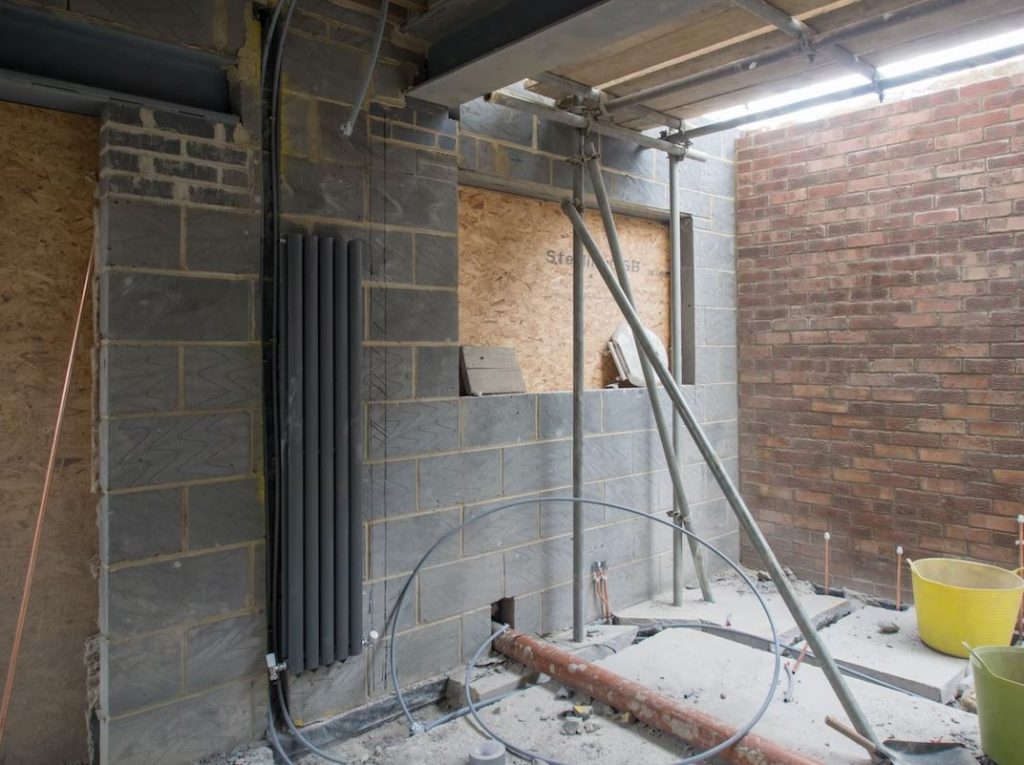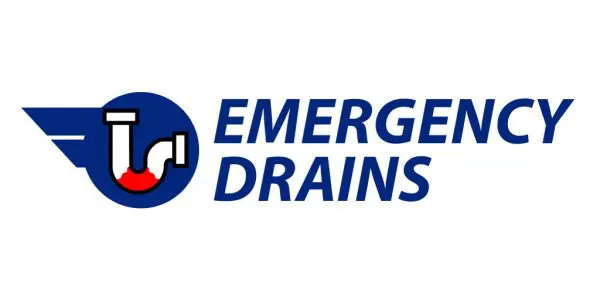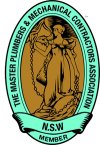There’s nothing that has the same catastrophic potential as blocked sewage drains. All corners of the property has the off-chance of being struck by some smelly consequence, whether that involves water backing up out of your toilet bowls and sinks, sewage overflowing into your front yard, or strange odours coming out of your household drains – and can be more complicated to fix than simply unclogging a sink, or replacing a faucet head.
Unlike those types of small, everyday mishaps, sewage problems are typically much more deeply rooted (literally), or may require assessment of plumbing beyond the home system into a broader communal area.
How should you address blocked sewage? Emergency Drains explores the options professionals might take to the nuance of the problem, and what to look out for when you need to call in the experts.
Giveaway Signs of Blocked Sewage Drains
Before you rush into any rash decisions, though, it’s best that you understand the issue you’re calling in for is, indeed, a blocked drain. Nothing screams wastage more than the realisation that the fix could easily have been implemented by yourself – baiting out the money out of your own wallet, your time, as well as the plumbers’ resources that could have been better spent elsewhere.
Although they’re not conclusive – or exhaustive for that matter – a combination of several of these symptoms with one another drive a decent likelihood that there are blockages in the building;
Toilet Water Levels
In almost all cases, the primary point of contact for blocked drains here is the toilet, main reason being that toilet waste is the most common contributing channel to the home’s sewage drainage system.
Because of the nature of liquid to move from high to low pressure, it’s rare that water tends to flow back the way it came when it comes to how they enter the drainage system. The existence of air vents traps unpleasant smells and odours beneath a P-trap pipe and the resulting water trap that seals this vent, keeping sewage liquid from backwashing the way it came.
Where slow draining or the backflow of water does occur, it normally associates with trap-syphoning of waste from this trap into incoming water flow, being a possible indication of waste buildup in the trap itself.
Smells and Odours around Your Drains
The stagnation of water draining out of your sinks can mean the chance for bacterial cultures to develop in the presence of reduced water flow. The consistent presence of nutrients in the resulting waste water, in other words, gives the chance for bacteria to flourish and grow, giving you that funky smell you’re likely well acquainted with.
Gurgling Noises in Your Drains
For reasons similar to alternating water levels, gurgling noises are also owed to the inability of water to stay properly drained beneath a P-trap and its water seal, with the potential cause being the buildup of waste that unevenly adds gaps to the water. The subsequent movement of gases through this body of water gives you the characteristic gurgle, and might point to the need to unclog any excess in the area.
Professional Measures
Where identifying symptoms, there are a few measures that plumbers might take to clear the relevant blockage, depending on where in the household it occurs.

Preliminary Pipe Inspections
A general testing of the water flow within households is fundamental to diagnosing the severity of the issue here – taking stock of pipe material, its interaction with the water, pressure, and the safety quality of the water itself.
On a case by case basis, video inspections might be necessary where contusions and leaks can’t be seen, with causes like tree root intrusion or pipe rusting being difficult to identify otherwise.
Drain Snakes
By the time the common man’s plunger has failed to unclog whatever is blocking your drainway, the drain snake can be used to get rid of larger obstructions built up in your sewage drains. Effectively, the tool is an extended wire or cable, motorised or manual, that slips through piping so as to get to deeper blockages, which can then cranks to apply the necessary force in order to break through.
Water Jets
At the most extreme, water jets force highly condensed, pressurised bursts of water through piping to get through even tougher blockages that snakes can’t.
Water jets are the most effective tools that are available for use here, considering that their area of effect is beyond the blockage itself – residue and potential mould buildup washes off pipe walls as well, making not just clearing a thorough process, but also the prevention of future buildups.
Ready to call in the pros? Contact Emergency Drains as soon as possible, and prevent further damage to your home and neighbourhood!



